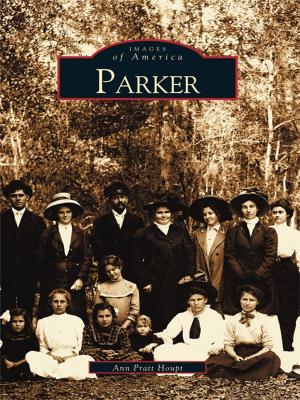| Author: | Nevin D. Sitler | ISBN: | 9781439651070 |
| Publisher: | Arcadia Publishing Inc. | Publication: | April 27, 2015 |
| Imprint: | Arcadia Publishing | Language: | English |
| Author: | Nevin D. Sitler |
| ISBN: | 9781439651070 |
| Publisher: | Arcadia Publishing Inc. |
| Publication: | April 27, 2015 |
| Imprint: | Arcadia Publishing |
| Language: | English |
Commerce, tourism, recreation, and even the quest for eternal youth were the primary incentives for building piers along St. Petersburg's downtown waterfront as early as 1854. For more than 160 years, developers and entrepreneurs pushed wooden or concrete structures from the shoreline to the deeper waters of Tampa Bay. Railroads were behind the early development, allowing cargo loads to be transferred from ship to rail with the least amount of effort. A large and profitable fishing industry evolved. Electrically powered trolley cars shuttled tourists to and from cruise ships. Promoters built bathhouses, spas, and bait houses to entice locals and visitors, and casino gathering halls of various, often controversial, styles were proposed, built, destroyed, loved, and detested. Competing piers were built only 10 feet apart. Mother Nature's elements, including a hurricane, and politics ravaged most of the remaining structures.
Commerce, tourism, recreation, and even the quest for eternal youth were the primary incentives for building piers along St. Petersburg's downtown waterfront as early as 1854. For more than 160 years, developers and entrepreneurs pushed wooden or concrete structures from the shoreline to the deeper waters of Tampa Bay. Railroads were behind the early development, allowing cargo loads to be transferred from ship to rail with the least amount of effort. A large and profitable fishing industry evolved. Electrically powered trolley cars shuttled tourists to and from cruise ships. Promoters built bathhouses, spas, and bait houses to entice locals and visitors, and casino gathering halls of various, often controversial, styles were proposed, built, destroyed, loved, and detested. Competing piers were built only 10 feet apart. Mother Nature's elements, including a hurricane, and politics ravaged most of the remaining structures.















